Global anthropogenic methane emissions, 1970-2022
Methane (CH4) is a hydrocarbon and a major component of natural gas. It is a potent greenhouse gas (GHG), so its presence in the atmosphere
Methane (CH4) is a hydrocarbon and a major component of natural gas. It is a potent greenhouse gas (GHG), so its presence in the atmosphere
Methane belongs to a class of so-called “super pollutants” that simultaneously contribute to climate change and degrade the health of people and ecosystems. It has
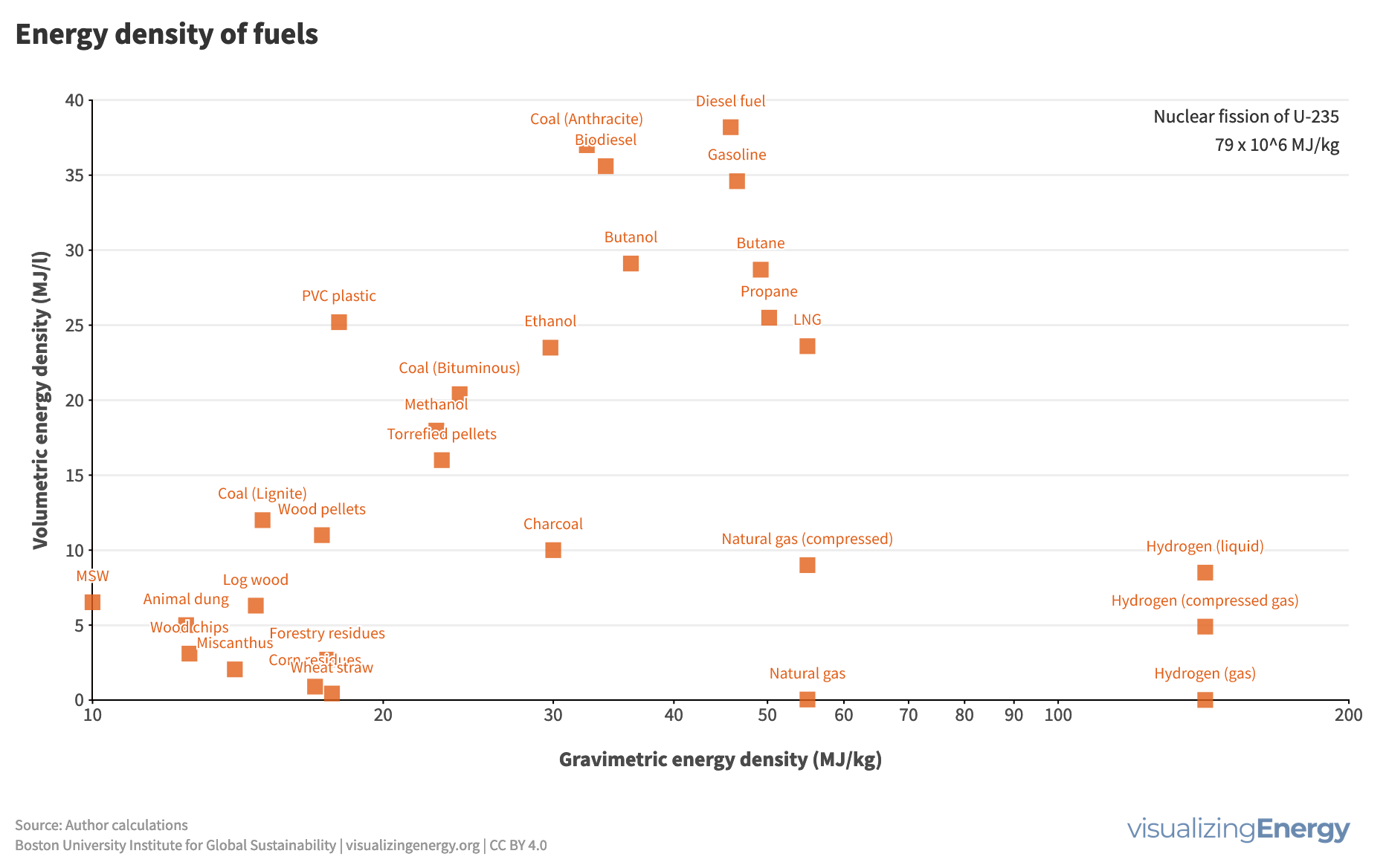
Fuels like wood, diesel, and natural gas have shaped human energy history, driven by technological, economic, and environmental forces. Liquid fuels from oil, with their high mass and volumetric energy density, led to their supremacy in transportation. Shifts in fuel types also influence the devices that convert them into energy services.

The reserve-to-production (R/P) ratio calculates the lifespan of fossil fuel reserves based on production rates. In the U.S., regulatory frameworks affect reserve reporting, with oil R/P ratios declining from over 40:1 in the early 20th century to about 10:1 today. State-owned enterprises often inflate reserves, complicating future availability assessments.
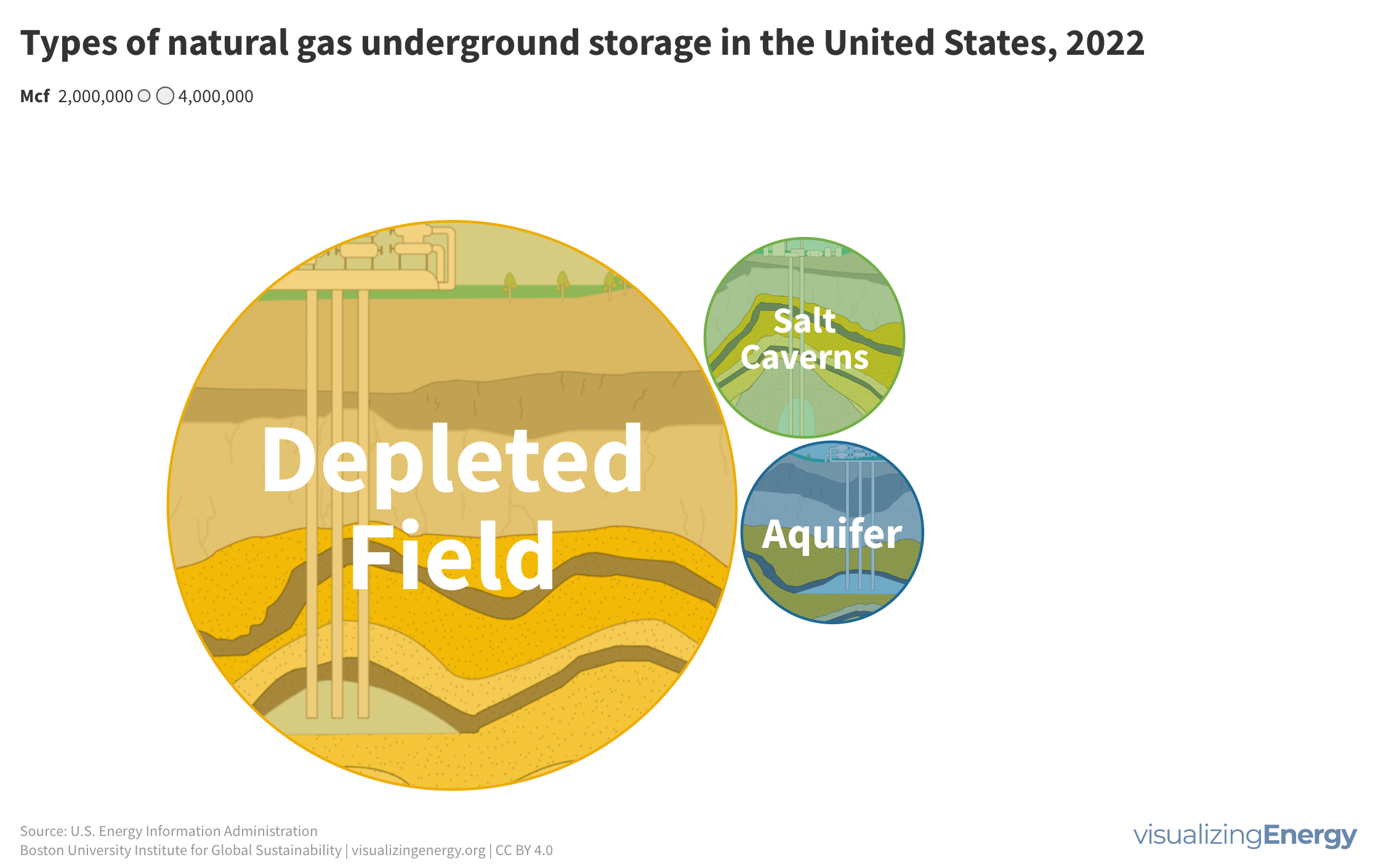
Natural gas demand in the U.S. varies seasonally, with higher consumption during colder months potentially causing price increases due to supply shortages. Underground storage, primarily in depleted reservoirs, salt caverns, and aquifers, helps balance supply and demand year-round. Storage levels drop significantly during colder winters, affecting overall availability.

Satellites significantly enhance our understanding of methane emissions, responsible for about 30% of anthropogenic global warming. The United Nations Environment Programme’s Methane Alert and Response System detects plumes from waste, oil, gas, and coal, identifying super emitters to improve emissions accountability. Methane from waste facilities is particularly concerning due to inefficient capture methods.
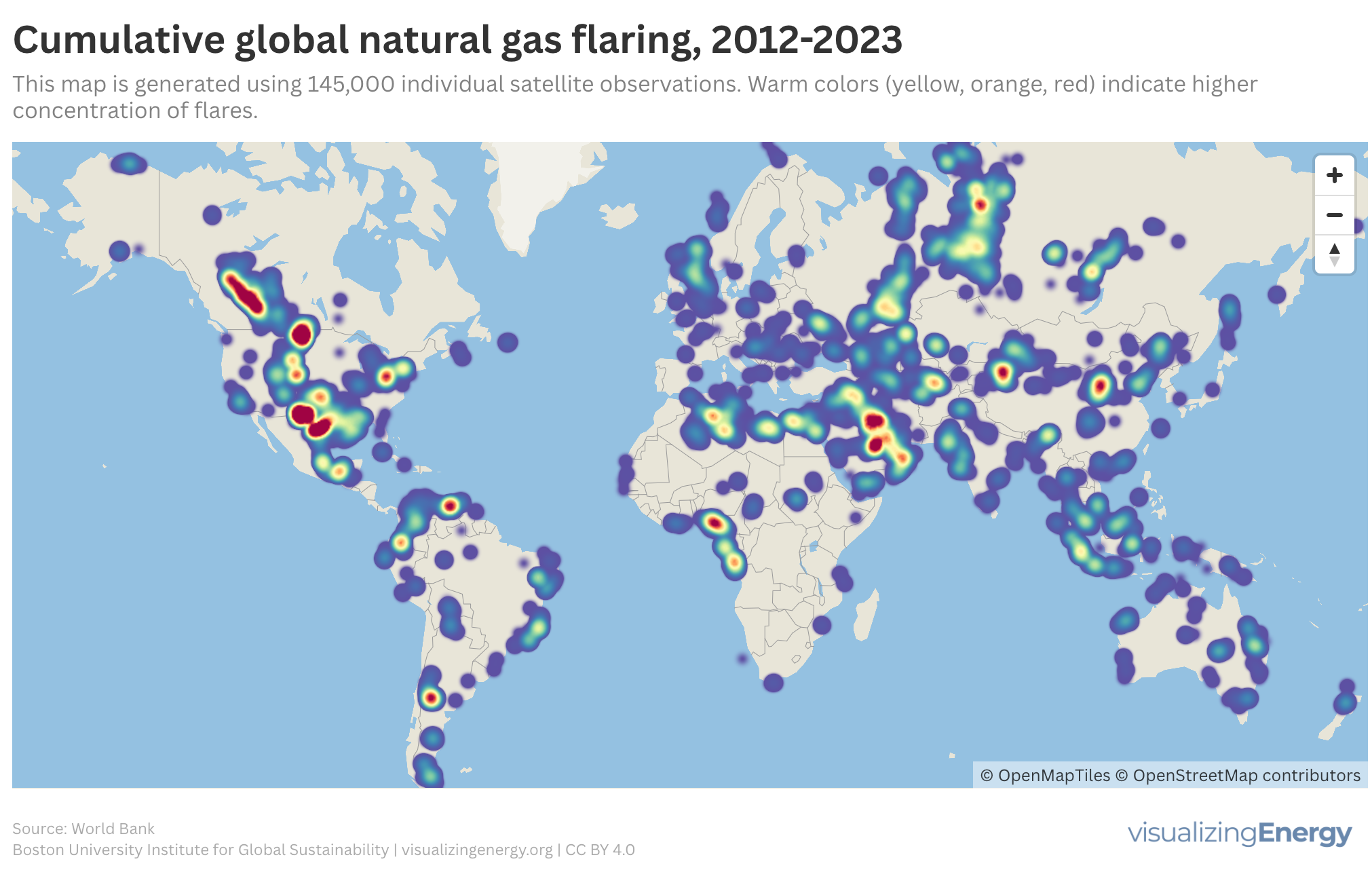
Crude oil and natural gas often coexist in reservoirs, leading to natural gas flaring when oil is extracted. This process not only wastes energy but also contributes significantly to global methane emissions. Despite initiatives like the Zero Routine Flaring by 2030, flaring volumes remain high, particularly in nine major countries responsible for the majority.
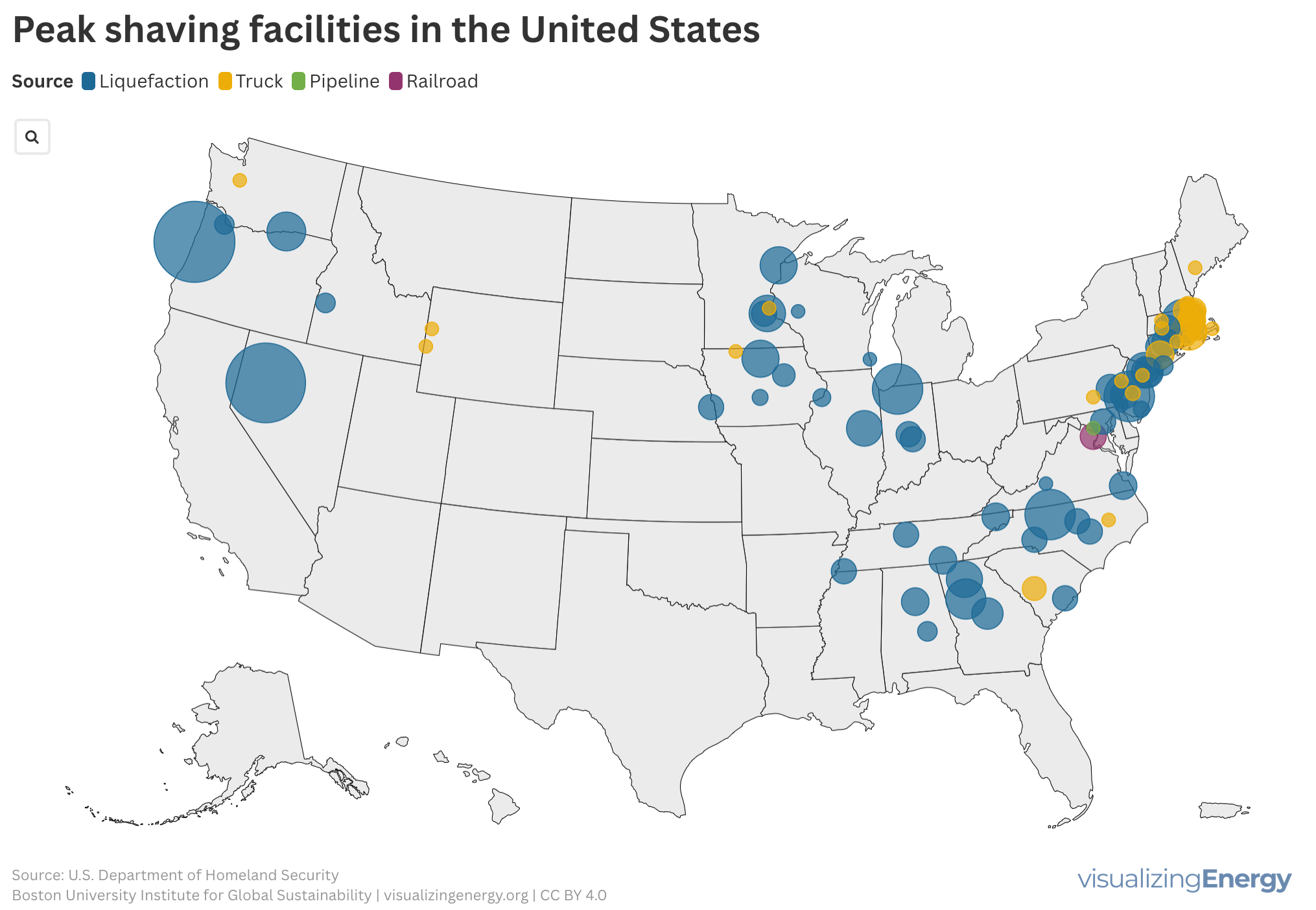
A peak shaving facility is an energy system that balances fuel demand fluctuations, particularly for natural gas during peak usage times. It stores liquefied natural gas (LNG) at low demand and releases it when needed. Commonly found in metropolitan areas and regions with pipeline limitations, these facilities aid in preventing shortages and price spikes.

Global oil and gas consumption increased by 14% from 2013 to 2023, posing a challenge to limiting global warming. JP Morgan Chase led in financing upstream oil and gas activities, providing over USD 67 billion to various companies. Concerns were raised about banks’ commitment to reaching net zero emissions and prioritizing policies allowing the purchase of carbon offsets, which may promote greenwashing. Some oil and gas companies have weakened their commitments to reduce investment in upstream projects.
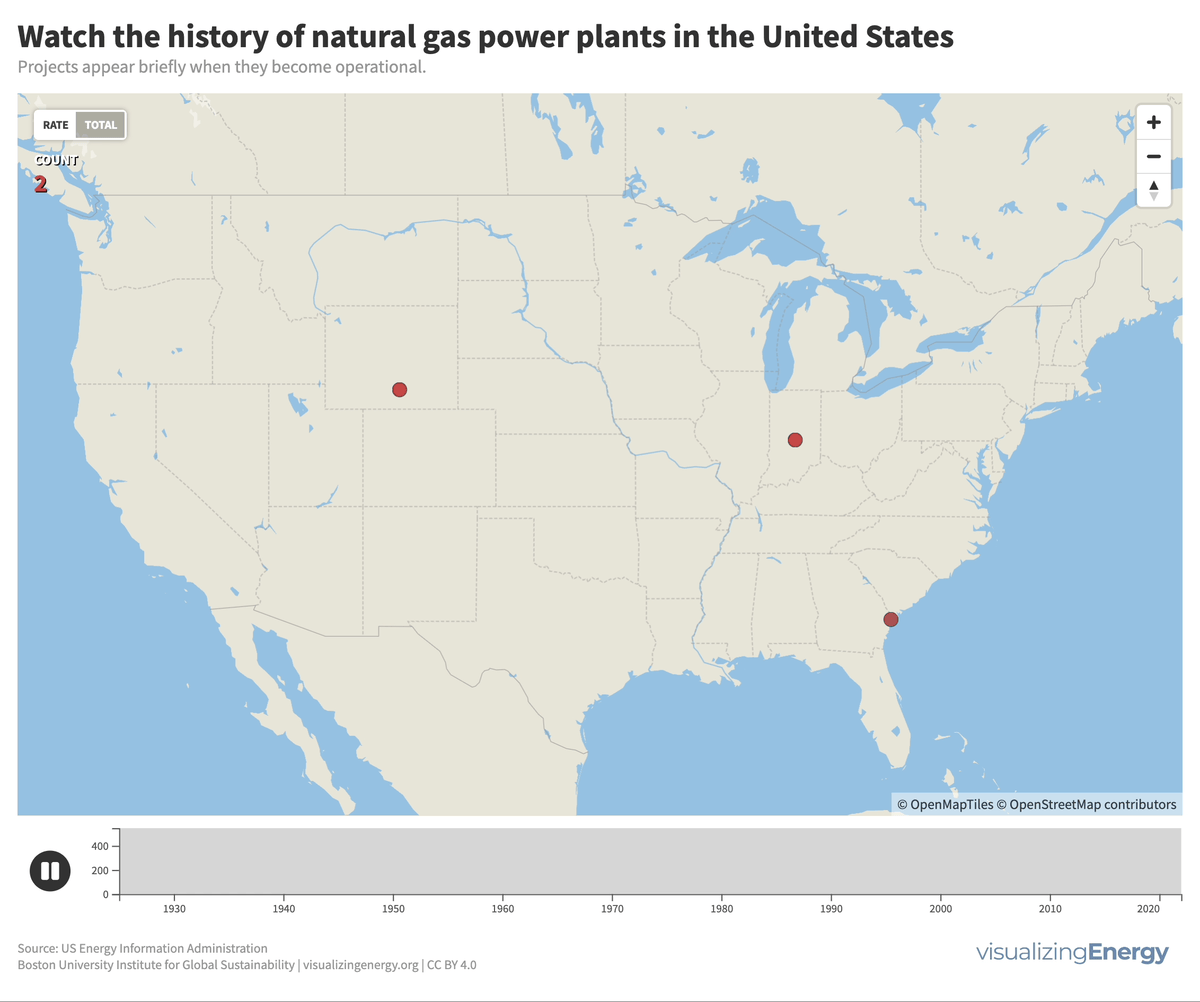
Since the 1920s, natural gas-fueled power plants grew gradually. After WWII, advancements in technology and fracking increased US electricity generated by natural gas from 16% in 2000 to 38% in 2021.